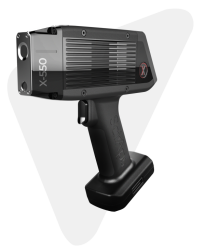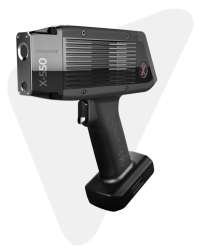Lead Exposure in the Workplace: How to Keep Your Employees Safe
Employees in any industry can be exposed to lead—although some work environments have higher risk levels than others. Fortunately, with adequate safety and prevention measures as well as an effective lead monitoring system in place, employees can reduce workers’ likelihood of lead exposure and keep their employees safe.
Lead in the Workplace
Lead is a dense, malleable, naturally occurring heavy metal found in the Earth’s crust. It is used in equipment and materials throughout a variety of workplace environments, including mining, manufacturing, recycling, and smelting as well as in the automotive, recreation, and transportation industries.
People are primarily exposed to lead in the workplace through the inhalation of lead particles or the ingestion of lead-contaminated dust, water, or food. Lead compounds can also contaminate clothing and get on the skin.


The Occupational Safety & Health Administration (OSHA) has established standards covering lead exposure in general industry, shipyards, and construction. These standards set a permissible exposure limit (PEL) of 50 μg/m3 of airborne lead exposure during an average eight-hour shift for all employees.
Exposure to lead is usually measured by testing blood lead levels (BLL). According to the World Health Organization (WHO), there is no BLL that is considered safe from harmful health effects. In response, the WHO has included lead on a list of 10 chemicals that are a public health concern for workers.
Hazardous Health Effects of Lead Exposure at Work
Lead is toxic and accumulates in the body. When the human body is exposed to lead through inhalation, ingestion, or skin contact, the compounds can damage the body’s organs, including the brain, kidney, liver, and lungs. It is also stored in the bones and teeth.
BLL of 10 μg/dl are associated with serious ailments. Workers exposed to lead may suffer from a variety of hazardous health effects, including gastrointestinal effects, neurological effects, anemia, high blood pressure, cognitive dysfunction, impaired kidney function, and more.
Fortunately, exposure to lead is preventable through lead exposure monitoring and workplace surveying, among other actions.
How to Monitor for Lead in the Workplace
Employers in all industries have a responsibility to maintain a safe and healthy workplace, which includes meeting OSHA’s lead safety standards. To keep employees safe from lead poisoning and the hazardous health effects of exposure to lead, employers must monitor for lead in the workplace. By developing a lead exposure prevention plan and regularly testing the workplace environment for lead, employers can reduce the risk of their employees being exposed to concerning levels of lead.
Lead monitoring and testing equipment is an important part of any lead exposure prevention plan, and there are several types of devices that employers can use to monitor and test a workplace for lead levels. Here are our favorites from RAECO Rents.
Find High-Quality New and Used Lead Monitoring Equipment at RAECO Rents
At RAECO Rents, we have the latest lead monitoring equipment for industry professionals. Our goal is to provide the devices you need so you can get the job done quickly, effectively, and more affordably than ever.
When you rent equipment from RAECO Rents, you can expect to get clean, operable, high-quality instruments. With our Instant-On guarantee and after-hour support, we are determined to make your rental experience easy.
With our industry-leading lead monitoring equipment, you can test lead levels in the workplace and keep your employees safe.
Contact our rental service team today to get help finding lead testing equipment.





